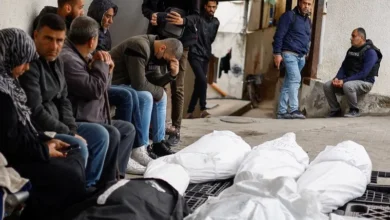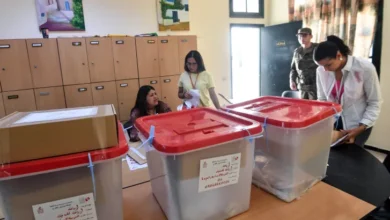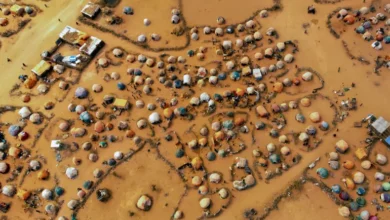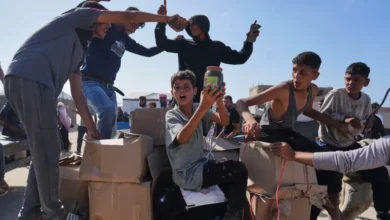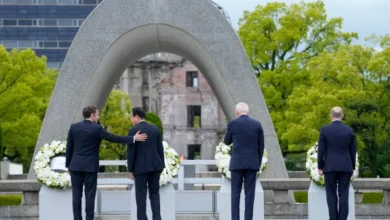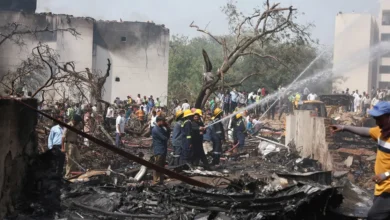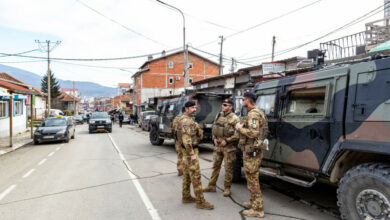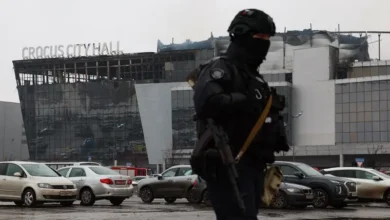‘Open prison’: The forced labour driving India’s $5 trillion economy dream
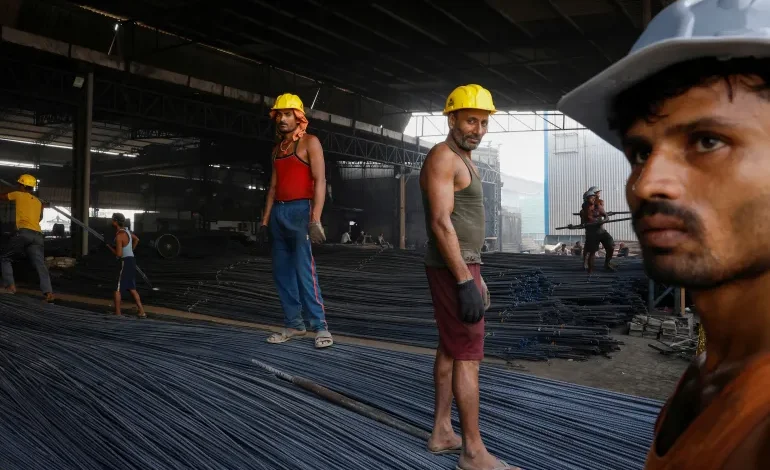
Amid the relentless clatter of machinery, Ravi Kumar Gupta feeds a roaring steel furnace with scrap, blown metal and molten iron. He carefully adds chemicals tailored to the type of steel being produced, adjusting fuel and airflow with precision to keep the furnace running smoothly.
As his shift ends about 4pm, he stops briefly at a roadside tea shop just outside the gates of the steel factory in Maharashtra state’s Tarapur Industrial Area. His safety helmet is still on, but his feet, instead of being shielded by boots, are in worn-out slippers – scant protection against the molten metal he works with. His eyes are bloodshot with exhaustion, and his green, full-sleeved shirt and faded, torn blue jeans are stained with grease and sweat.Amid the relentless clatter of machinery, Ravi Kumar Gupta feeds a roaring steel furnace with scrap, blown metal and molten iron. He carefully adds chemicals tailored to the type of steel being produced, adjusting fuel and airflow with precision to keep the furnace running smoothly.
As his shift ends about 4pm, he stops briefly at a roadside tea shop just outside the gates of the steel factory in Maharashtra state’s Tarapur Industrial Area. His safety helmet is still on, but his feet, instead of being shielded by boots, are in worn-out slippers – scant protection against the molten metal he works with. His eyes are bloodshot with exhaustion, and his green, full-sleeved shirt and faded, torn blue jeans are stained with grease and sweat.Middlemen, who are either locals or longterm migrants posing as locals, supply labour to factories in Maharashtra, India’s industrial heartland. In return, the middlemen skim between $11 and $17 from each worker’s wages. In addition, $7 is deducted monthly from their pay for canteen food, which consists of limited portions of rice, dal and vegetables for lunch, as well as evening tea.
Asked why he continues to work at the steel factory, Ravi responds with resignation in his voice: “What else can I do?”
Giving up his job isn’t an option. His family – two young daughters in school, his wife and mother who work on their small plot of farmland, and his ailing father who is unable to work – depend on the $100 a month that he is able to send home. Climate change, he says, has “ruined farming”, the family’s traditional occupation.
“The rains don’t come when they should. The land no longer feeds us. And where are the jobs in our village? There’s nothing left. So, like the others, I left,” he says, his thick, calloused hands wrapped around a cup of tea.
Ravi is a cog in the wheel of the soaring dreams of the world’s fifth-largest economy. Prime Minister Narendra Modi has boldly spoken of making India a $5 trillion economy, up from $3.5 trillion in 2023.
But as Modi’s government woos global investors and assures them that it is easy today to do business in India, Ravi is among millions of workers whose stories of withheld wages, endless toil and coercion – telltale signs of forced labour, according to the United Nations’ International Labour Organization (ILO) – provide a haunting snapshot of the ugly underbelly of the country’s economy.
